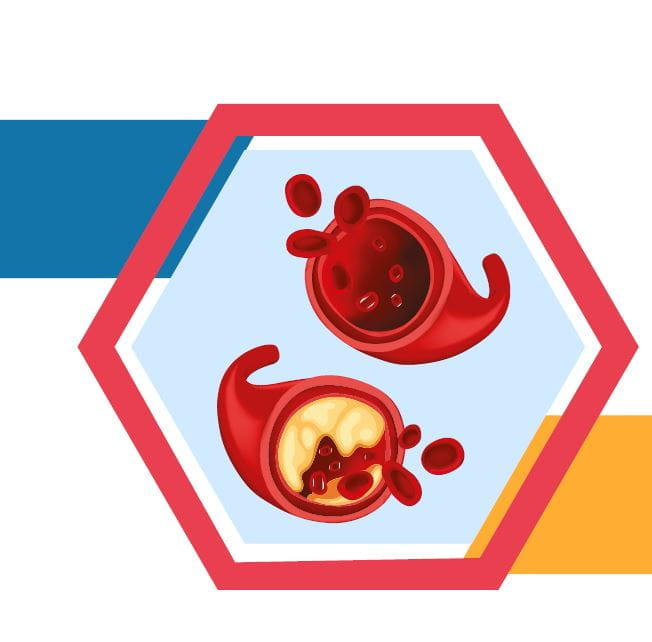Panellists: Dr James de Lemos, Dr Michelle O'Donohue, Dr Mark Treuth, Dr David Morrow, Dr Dmitriy Feldman
Introduction
The 2025 ACC/AHA/ACEP/NAEMSP/SCAI guidelines for acute coronary syndrome (ACS) management were discussed during a panel session, with a focus on antiplatelet therapy, transfusion thresholds, and lipid-lowering strategies and procedural considerations for revascularisation.
-
Preloading of Antiplatelet Therapy: A Class 2b recommendation has been provided for the preloading of clopidogrel or ticagrelor in patients awaiting angiography but not within 24 hours. Prasugrel preloading has not been recommended. The benefit of preloading has been noted to be greater when catheterization is delayed beyond 24 hours.
-
Discharge Antiplatelet Therapy: A class 1 recommendation has been issued for 12 months of DAPT post-ACS. For high bleeding risk patients, shorter DAPT (1-3 months) followed by monotherapy (clopidogrel or ticagrelor) has been advised. In routine patients, ticagrelor monotherapy (discontinuation of aspirin) at 1-3 months post-ACS has been recommended to reduce bleeding risk.
-
Invasive Risk Stratification: Early catheterization has been advised for high-risk ACS patients, with immediate intervention for very-high risk cases, and within 24-48 hours for stabilised patients.
-
Procedural Aspects of Revascularisation: Radial access has been preferred over transfemoral due to lower bleeding risks and fewer complications. Intracoronary imaging—IVUS/OCT has been strongly recommended for complex cases, including left main, bifurcations, and calcified lesions, to optimise PCI outcomes. Complete revascularisation in STEMI has been supported; however, surgical revascularisation (CABG) has been emphasised for multivessel disease, LV dysfunction, and complex anatomy. In select patients with high Syntax scores, diabetes or LV dysfunction CABG should be considered, while staged PCI has been advised for non-culprit lesions in cardiogenic shock.
-
Mechanical Circulatory Support in Cardiogenic Shock: Micro-Axial Flow Pumps have shown potential benefits in STEMI patients with cardiogenic shock. No benefits have been observed for ECMO use in acute myocardial infarction (AMI)-related cardiogenic shock. Intra-Aortic Balloon Pump has received a Class 3 recommendation, raising concerns about the legal implications in hospitals where IABP is the only mechanical circulatory support option.
-
Beta-Blocker Use: While long-term benefits remain uncertain, early beta-blocker use in STEMI patients has been suggested to provide clinical advantages.
-
Colchicine for Secondary Prevention: Class 2b recommendation has been given for colchicine use in select patients with recurrent events.
-
Antiplatelet Therapy Choice: Ticagrelor has been preferred over clopidogrel for primary PCI due to its superior efficacy in reducing major adverse cardiovascular events and potential mortality benefits. Routine platelet function testing and genotyping have not been recommended. Clopidogrel has retained Class 1 recommendations for cases with contraindications for ticagrelor/prasugrel or those with limited access to newer agents. The transition from ticagrelor to clopidogrel before surgery remains debated, requiring a balancing between bleeding risk and stent thrombosis concerns.
-
Transfusion Strategies: Findings from the MINT trial have supported a Class 2b recommendation for a higher hemoglobin transfusion threshold in ACS patients, particularly Type 1 MI.
-
DAPT Duration and Special Populations: The applicability of ticagrelor monotherapy and shorter DAPT in left main disease remains debated due to limited data. Uncertainties persist about the optimal long-term antiplatelet strategies for post-CABG patients, given the limited surgical data in ACS trials.
-
Lipid-Lowering Therapy: Stricter LDL targets have been emphasised, with a Class 2 recommendation for intensified lipid-lowering therapy of LDL exceeding 70 mg/dL. A Class 2a recommendation has supported an LDL of <55 mg/dL, encouraging the use of ezetimibe, PCSK9 inhibitors, and bempedoic acid.
Clinical implications:
The updated guidelines reflect a shift toward individualised ACS management. The recommendations emphasise a more selective approach to preloading, shorter DAPT in high bleeding risk patients, and the adoption of potent antiplatelets when feasible. Increased use of radial access, intracoronary imaging, and complete revascularisation is expected to optimise PCI outcomes. The role of mechanical circulatory support remains uncertain, with emerging evidence favouring micro-axial pumps. More aggressive lipid-lowering strategies may further reduce cardiovascular risk.
ACC.25, March 29 - 31, 2025, Chicago




